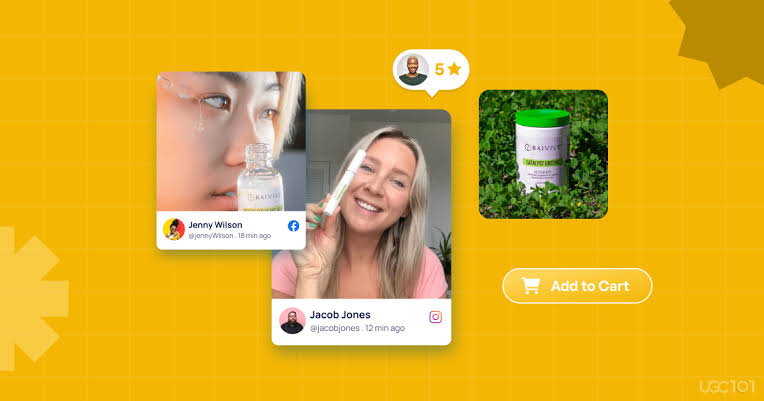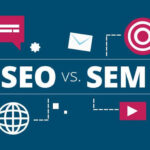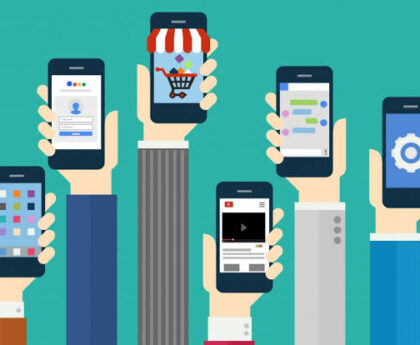
User-Generated Content (UGC) boosts trust, engagement, and ROI. Learn why brands must prioritize UGC in today’s digital marketing landscape.
Table Of Contents
- Introduction: Why Brands Should Invest in User-Generated Content (UGC)
- Establishing Trust Through Authentic User-Generated Content (UGC)
- User-Generated Content (UGC): Crafting Visual Stories That Sell
- Driving Customer Engagement with User-Generated Content (UGC) and Community Building
- User-Generated Content (UGC): A Cost-Effective Strategy for Content Marketing
- How to Use User-Generated Content Effectively
- Real-World User-Generated Campaigns to Inspire You
- Maximizing Content from Users to Drive Sustainable Long-Term Growth
- Final Thoughts on Harnessing Authentic Content for Brand Success
Why Brands Should Invest In User-Generated Content (UGC)

In today’s crowded digital ecosystem, User-Generated Content (UGC) is no longer just a trend—it’s a strategic asset. UGC refers to any form of content—photos, reviews, videos, testimonials—created by real users rather than brands. From viral TikTok videos to tagged Instagram photos, this authentic content serves as modern-day word-of-mouth that directly influences buyer behavior.
But why exactly should brands prioritize user-generated content for marketing?
Let’s explore the reasons, backed by strategy and success stories, on how UGC enhances customer engagement, builds brand loyalty, and drives conversions.
Establishing Trust Through Authentic User-Generated Content (UGC)
Authenticity matters more than ever. With ad fatigue growing and skepticism toward branded messages, customers crave genuine experiences. That’s where User-Generated Content (UGC) excels—it’s raw, real, and relatable.
In fact, 86% of consumers say authenticity is key when deciding which brands they like and support. Seeing real customers use a product creates a powerful layer of social proof, boosting trust and increasing purchase intent. It’s one of the most powerful benefits of user-generated content—it humanizes your brand.
User-Generated Content (UGC): Crafting Visual Stories That Sell
Modern consumers respond better to visuals than text alone. That’s why visual storytelling through UGC works so well. Think about Instagram photos of customers wearing a fashion brand’s clothing or YouTube unboxing videos for tech gadgets. These aren’t just images—they’re endorsements wrapped in compelling narratives.
Take GoPro for example. The brand relies heavily on real-world user-generated campaigns, filling its social feeds with videos captured by actual users. This not only reduces content creation costs but also delivers dynamic, persuasive stories.
Driving Customer Engagement With User-Generated Content (UGC) & Community Building
Sharing audience content helps cultivate a two-way relationship. When users feel seen and appreciated, customer engagement rises significantly. UGC gives your audience a voice and builds a stronger sense of community.
Brands like Lululemon and LaCroix have successfully built thriving online communities by encouraging fans to post using branded hashtags. This strategy not only fuels engagement but also helps brands discover a steady flow of user-generated content examples.
User-Generated Content (UGC): A Cost-Effective Strategy For Content Marketing
Hiring influencers or launching ad campaigns can be expensive. On the flip side, UGC marketing strategies for brands are far more budget-friendly. With proper permission and crediting, you can repurpose existing content across your digital channels—from social media to email marketing, and even product pages.
Furniture brand Edloe Finch, for instance, displays customer-submitted photos directly on its product pages. This builds trust and assists in purchasing decisions—especially when visualizing furniture in real-life settings.
How To Use User-Generated Content Effectively
- Ask for Permission: Before sharing, always obtain explicit consent. This ensures respect and legal safety.
- Credit Creators: Tag users and appreciate their contributions—this strengthens brand relationships.
- Be Clear About Content Goals: Share what you’re looking for. Whether it’s before-and-after shots or testimonial videos, be specific.
- Integrate into Campaigns: Embed UGC into email workflows, use it in retargeting ads, or feature it on landing pages.
Knowing how to use user-generated content strategically ensures it contributes to your brand’s larger marketing goals.
Real-World User-Generated Campaigns To Inspire You
Creating an inclusive content culture helps brands strengthen brand loyalty. When customers see their posts being shared by a brand they admire, they feel like valued members of a community. This emotional connection results in repeat purchases, brand advocacy, and organic content generation.
Travel brand Well Traveled uses UGC to highlight member journeys and properties, showcasing that no one tells their brand story better than the customers themselves.
Maximizing Content From Users To Drive Sustainable Long-Term Growth
To make the most of your UGC efforts, align them with your core marketing KPIs. Whether your goal is customer engagement, increasing conversions, or boosting awareness, measure results using analytics tools. Look for performance metrics like shares, mentions, and click-through rates.
With the right strategy, user-generated content for marketing not only supports content diversification but also amplifies your brand voice through real users and experiences.
Final Thoughts On Harnessing Authentic Content For Brand Success
User-Generated Content (UGC) isn’t just a content trend—it’s a long-term investment in authenticity, engagement, and trust. From building brand communities to creating compelling visual storytelling, UGC allows brands to show—not tell—what makes them worth believing in.
By integrating real stories into your brand narrative, you gain more than just content. You gain advocates, loyalty, and lasting connections.





